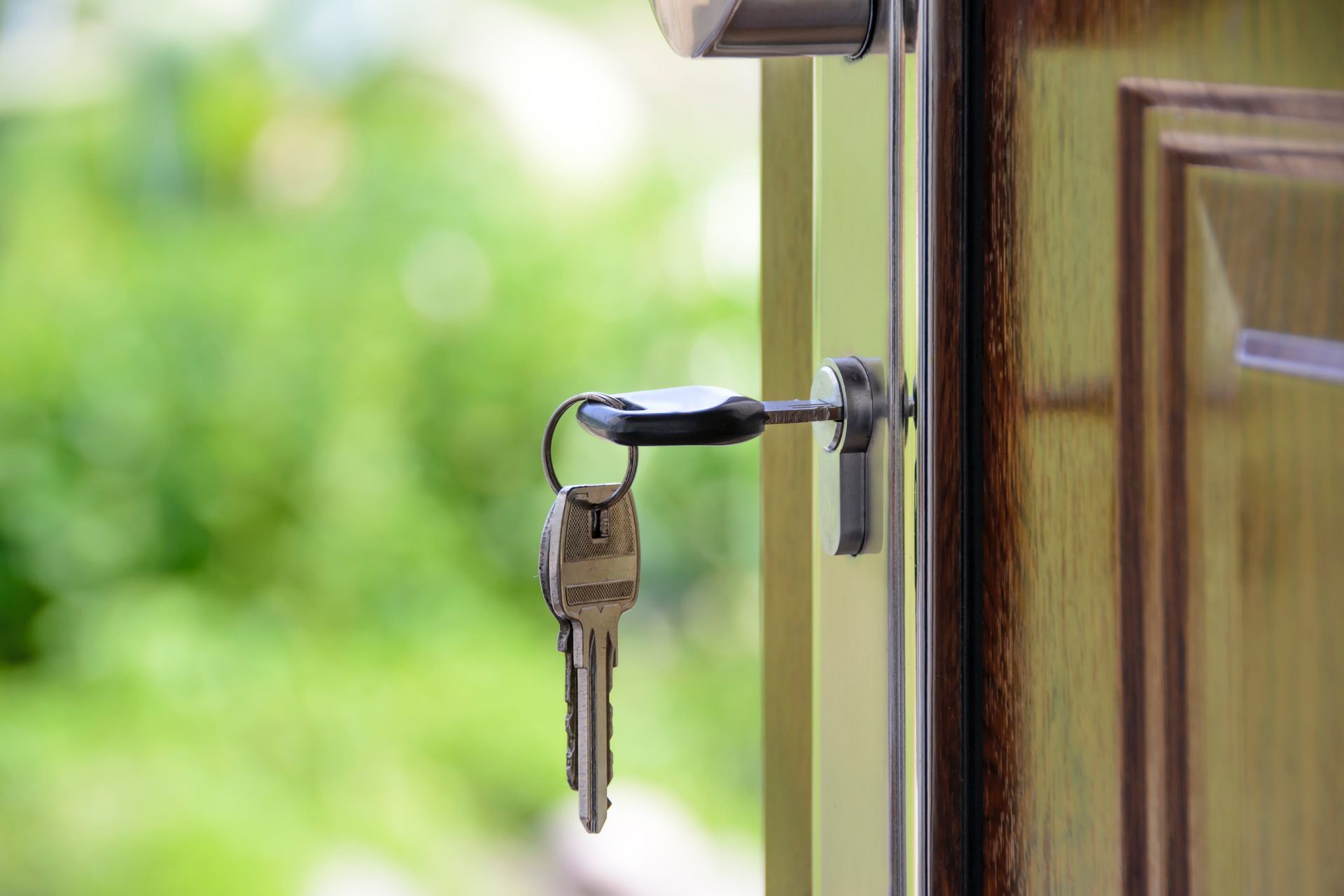Mastering the Art of Debt-Free Living
Living a debt-free life is not only a realistic goal but also a highly rewarding one.

Living a debt-free life is not only a realistic goal but also a highly rewarding one. It requires a combination of discipline, strategic planning, and smart financial habits. If you're looking to take control of your finances and live within your means, here are three essential tips to help you master the art of debt-free living.
1. Live Within Your Means
One of the most critical steps to living debt-free is ensuring that your lifestyle aligns with your income. This means not spending more than you earn. While this might sound simple, it requires conscious effort and regular monitoring of your expenses.
Here’s how you can do it:
- Create a Budget: Start by documenting your monthly income and expenses. Include all sources of income and categorize your expenses into essentials (rent, groceries, utilities) and non-essentials (entertainment, dining out).
- Track Your Spending: Use budgeting apps or spreadsheets to track every dollar you spend. This will help you identify areas where you can cut back.
- Avoid Impulse Purchases: Before making a purchase, ask yourself if it’s a need or a want. Waiting 24 hours before buying non-essential items can help curb impulsive spending.
2. Allocate a Specific Percentage of Your Income to Savings
To build a financial cushion and avoid debt, it’s crucial to save a portion of your income regularly. Financial experts recommend saving at least 20% of your annual income.
Here’s how to make this manageable:
- Automate Your Savings: Set up automatic transfers to your savings account. This ensures that you save before you have the chance to spend the money.
- Create an Emergency Fund: Aim to save three to six months’ worth of living expenses. This fund will act as a safety net in case of unexpected expenses or emergencies.
- Invest Wisely: Consider putting a portion of your savings into investment accounts like IRAs or 401(k)s, which can offer higher returns over time compared to a regular savings account. This guide breaks down everything you need to know about IRAs, from the basics to advanced strategies, so you can confidently start planning for retirement.
3. Protect Your Savings for Emergencies Only
Your savings should be a financial lifeline, not a convenient pool of money for splurges. To ensure your savings are used appropriately, adopt a strict policy:
- Define Emergencies: Clearly outline what constitutes an emergency. This might include job loss, medical emergencies, or urgent home repairs.
- Set Up a Secondary Savings Account: Have a separate account for non-emergency savings goals like vacations or big purchases. This way, you won't be tempted to dip into your emergency fund.
- Develop a Backup Plan: If an unexpected expense arises that doesn’t qualify as an emergency, look for alternative ways to cover it, such as cutting back on non-essential spending or picking up a side job.
Living debt-free is a journey that requires planning, discipline, and the right financial strategies.
If you’re ready to take control of your finances and achieve debt-free living, why not get expert guidance?
Karen Koenig, a seasoned financial planner, can help you create a personalized plan tailored to your financial goals.
Contact Karen today and start your journey towards a more secure and debt-free future.
By implementing these tips and seeking professional advice, you can master the art of debt-free living and enjoy the peace of mind that comes with financial stability.











